E-Health Telecommunication Systems and Networks
Vol.2 No.2(2013), Article ID:32536,6 pages DOI:10.4236/etsn.2013.22004
Power-Aware Wireless Communication System Design for Body Area Networks
1Shenzhen Institutes of the Advanced Technologies, Chinese Academy of Sciences, Shenzhen, China
2University of Science and Technology of China, Hefei, China
Email: wang.ll@siat.ac.cn, ni.an@siat.ac.cn, ali.hassan@siat.ac.cn, dy.qiao@siat.ac.cn, yu.zhou@siat.ac.cn, *ye.li@siat.ac.cn
Copyright © 2013 Lili Wang et al. This is an open access article distributed under the Creative Commons Attribution License, which permits unrestricted use, distribution, and reproduction in any medium, provided the original work is properly cited.
Received January 8, 2013; revised March 15, 2013; accepted April 10, 2013
Keywords: Power-Aware; Body Area Network; Path Loss Model; BCH; Convolutional Code; BER
ABSTRACT
With the explosive development of wireless communication and low power embedded techniques, Body Area Network (BAN) has opened up new frontiers in the race to provide real-time health monitoring. IEEE 802 has established a Task Group called IEEE 802.15.6 in November 2007 and aims to establish a communication standard optimized for low power, high reliability applied to medical and non-medical application for BANs. This paper overviews the path loss model and the communication scheme for implant-to-body surface channel presented by IEEE 802.15.6 standard. Comparing with the standard scheme where BCH (Bose-Chaudhuri-Hochquenghem) code is employing, we propose a new coding solution using convolutional code operating with Bit Interleaver based on the properties of implant-to-body surface channel. To analyze the performance of the two Error Correct Coding (ECC) schemes, we performed simulations in terms of Bit Error Rate (BER) and power consumption on MATLAB and FPGA platform, respectively. The simulation results proved that with appropriate constraint length, convolutional code has a better performance not only in BER, but also in minimization of resources and power consumption.
1. Introduction
As the advent of miniaturized sensors and actuators for monitoring, diagnostic and therapeutic, Body Area Networks (BANs) which operates in close vicinity to, on, or inside a human body has emerged as a key technology and has great potential to revolutionize the future of healthcare technology. BAN supports a wide range of medical and Consumer Electronics (CE) applications. For example, wireless sensors can be placed on or inside the body to monitor physiological data, such as the electromyogram, electroencephalogram, and electrocardiogram [1]. Physicians and caregivers can remotely access this data to evaluate the states of health of patients. Moreover, some implanted wireless devices can alleviate patients’ pain during diagnosis and treatment, such as wireless capsule endoscopes which have the potential to replace conventional fibre-optic endoscope and colonoscopy. More applications have been mentioned in [2]. For the commercial applications of BAN, IEEE 802 has established a Task Group called IEEE 802.15.6 for the standardization of BAN. The purpose of the group is to establish a communication standard optimized for low power, high reliability application for BANs [3].
Growing as a key technology to revolutionize the future of healthcare, BAN has attracted a great deal of attentions from researchers both in academia and industry in the last few years. Up to now, many efforts have been made. In [4], a communication scheme in the wireless sensor networks (WSNs) was presented, in which the multi-carrier modulation, the hamming and Low Density Parity Check Code (LDPC) and the Baker map in the interleaving scheme are adopted to increase the capacity of error correcting. Group Manchester code (GM) modulation scheme for medical in-body BAN systems is proposed in [5]. To reduce the power consumption, a new PSSK (phase-silence-shift-keying) modulation scheme is proposed for the in-body communication system. But the new PSPK modulation method needs a double portion of bandwidth more than existing PSSK modulation [6]. Cheolhyo Lee et al. [7] present physical layer designs for BAN systems in IEEE 802.15.6 proposals. There are also many works focus on monitoring systems developed or being used in medical centers [8-11], BAN radio channel modeling [12], etc. IEEE 802.15.6 group gives the channel model in its final report [13], and proposes a scheme for the data transmission [14]. These papers and technical reports for IEEE 802.15.6, for example [15], consider an Additive White Gaussian Noise (AWGN) channel, which will cause random errors for implanted applications. However, the IEEE 802.15.6 standard employed BCH code which has better potential to correct burst errors rather than random errors.
Energy consumption is one of the most important metrics to evaluate wireless communication system. This is because the battery capacity in each node is limited and the goal is to maximize the lifetime of the network. Furthermore, reliability is another primary requirement of wireless communication, since impairment occurs from time to time i.e. an error which is caused by interfering signals during the transmission. The level of reliability provided by the link layer depends on the requirement of application and the user’s specified constraints. Error control coding (ECC) is a classic approach used to increase reliability and to lower the required transmitted power [16]. But the choice of ECC is very critical in the case of BANs, since its complexity and decoding hardware requirement increase significantly along with the increase of its error correction capacity for a given code. BCH codes and convolutional codes are widely used to protect transmitted data from channel noise, and are usually used to correct burst errors and random errors, respectively. For BCH codes used in IEEE 802.15.6 standard, the power consumed by syndrome calculation and the Chien search are the dominant. In particular, the Chien search is the most power hungry component in decoding [17]. Whereas, the energy efficiency issue is caused by the error-independency associated with most of the current decoding methods for convolutional codes. As an example, [18] illustrates the amount of energy consumed by a normal Viterbi decoder in correcting each error; this increases exponentially with the reduction of the noise level.
In the proposed solution, convolutional code is used to correct the random errors, bit interleaving to correct burst errors instead of BCH code to achieve high reliability. The performance of these two coding scheme is measured and compared in power efficiency and reliability, which are estimated by power consumption or complexity of decoding and BER performance, respectively.
This paper is organized as follows. Section 2 depicts the path loss model of the communication system in IEEE 802.15.6 standard for the BAN, the standard communication scheme and proposed scheme are also described in this section. The discussion and simulation results of these two schemes are presented in Section 3. Finally, Section 4 summarizes our efforts and offers directions for future work in this area.
2. Body Area Network
The Body Area Network (WBAN) is a human-centered communication network which includes personal terminals, the network devices, the sensors which are placed on or in the human body to monitor physiological data such as blood pressure, respiratory rate, and the temperature, etc., which is shown in Figure 1 [19]. Doctors and caregivers can remotely access this data through networks to diagnose the patients. In this paper, the channel from implant node to body surface node is considered.
Firstly, according to IEEE 802.15.6 standard, the path loss model of wireless channel from inside to outside body for implanted nodes is generated, which is shown in Figure 2. The figure indicates that the channel considered for BAN is random. The block diagram for data transmission proposed in the IEEE 802.15.6 standard is shown in Figure 3. In our communication scheme, the convolutional codes combined with Viterbi decoding is chosen to replace BCH codes, compared to IEEE 802.15.6
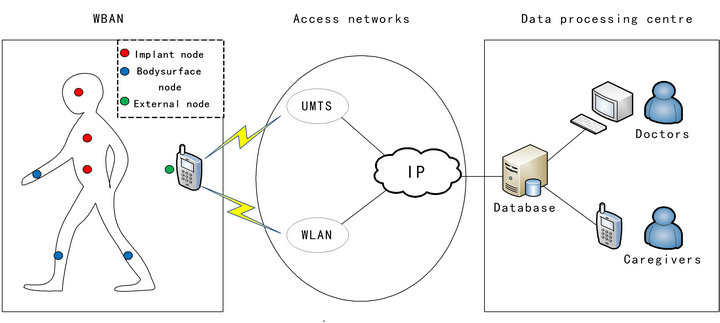
Figure 1. WBAN’s application architecture of healthcare [19].
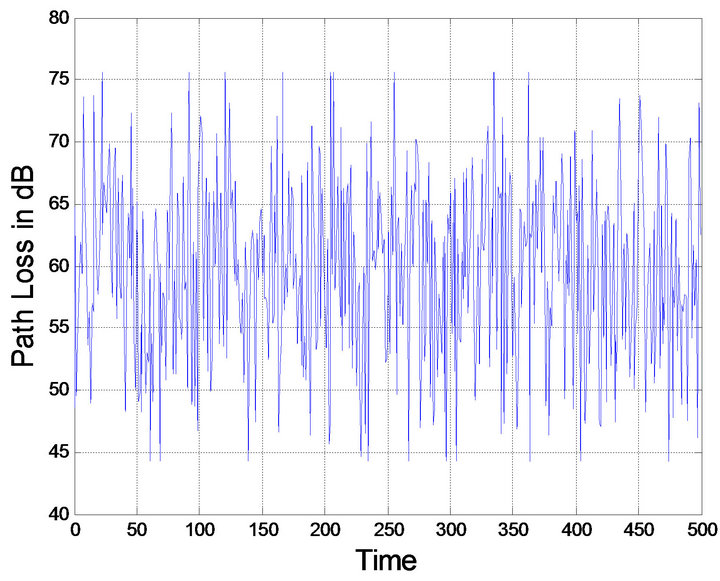
Figure 2. Path loss model of implanted to body surface communication for implanted nodes.
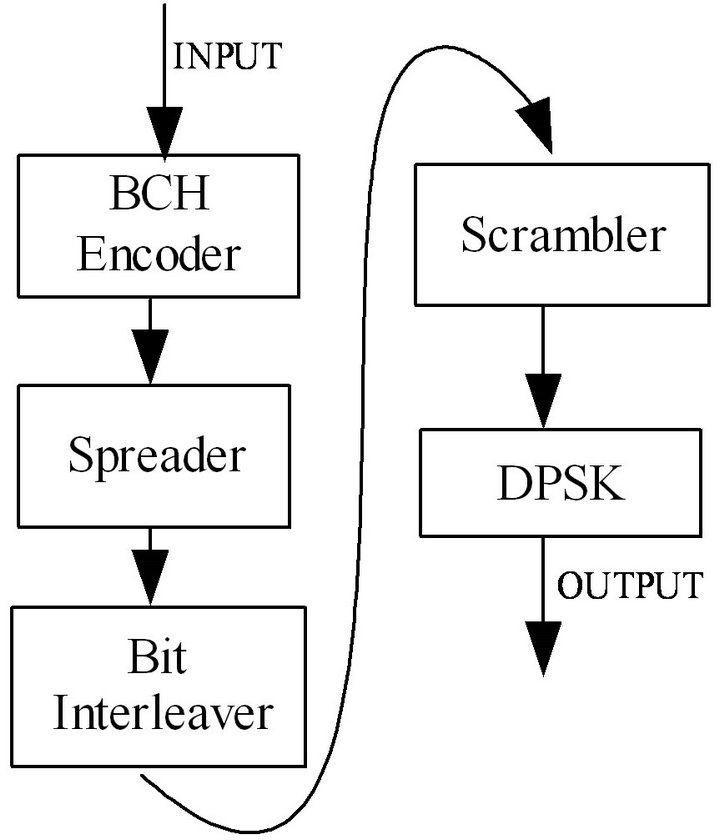
Figure 3. Block diagram of communication scheme in IEEE802.15.6 standard.
standard, which is shown in Figure 4. The main components left of the communication chain are spreader, Bit Interleaver, scrambler and DPSK modulator, which are depicted as follows.
2.1. The Encoder and Bit Interleaver
BCH code is cyclic codes and underlies in the class of linear block codes, also contains the message bit and the parity bit [20]. It can be used to correct the errors which are derived from the noise and the channel interference, especially the burst errors [21]. BCH (31,19) code, a short code, and BCH (63,51) code, are employed in the IEEE 802.15.6 standard. The iterative algorithm of Berlekamp-Massey (BM) which usually operates with Chien search is used for decoding.
Convolutional codes are usually used to correct random noise. The terminology conv.(n,k,m) indicates a convolutional code of a rate k/n with constraint length of m. The encoding process is very simple, but the complexity of decoding process will grow exponentially with the code length. So in this paper, we use conv.(2,1,3) and conv.(2,1,7) codes, and the typical Viterbi algorithm is employed for decoding [22].
Bit Interleaver is used to change burst errors to random
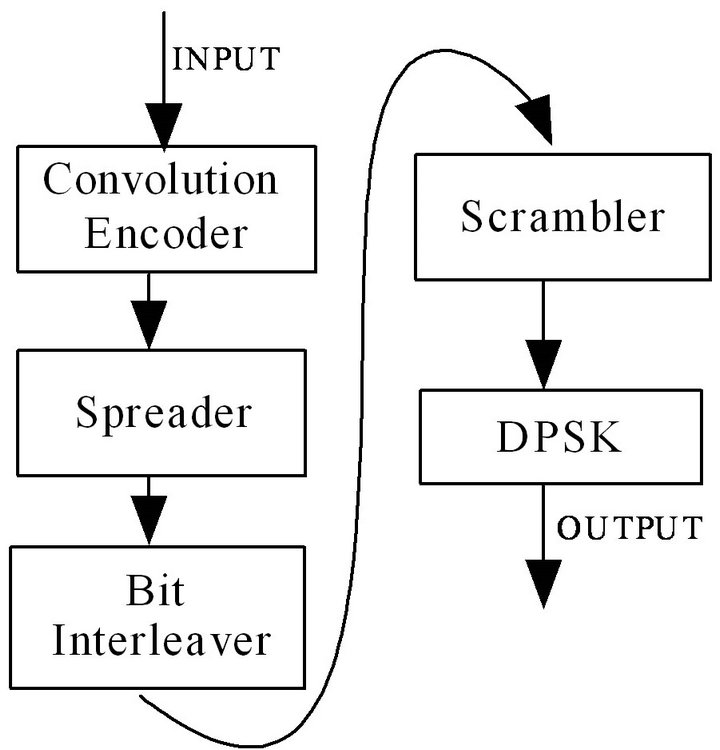
Figure 4. Block diagram of the proposed solution.
errors. For instance, assuming the factor of interleaver is 4. Firstly we divide the message into the packets of 4 bits, and then the first bit in each packet is taken out as the first frame. In this way, the interleaver can divide the burst errors which include 4 continuous errors to random errors [23].
The standard scheme is better to correct the burst errors, but the channel in the IEEE802. 15. 6 obey the random distribution. Then we chose convolutional code which has a good ability to correct random errors. There will be a better performance in error correction when it operates with Bit Interleaver.
2.2. The Signal and the Modulation System
In this paper the transmitted data are randomly generated as in Figures 3 and 4. As in PSK modulation, there may be the phenomena that the signals are all wrong due to the 180˚ phase fuzzy in the signal carrier recovery process, PSK is rarely used in practice and DPSK is chosen in the proposed scheme. Although the BER of DPSK is greater than that of PSK, the performance loses in exchange for a reduction in system complexity.
2.3. Transmission in the Channel
Lastly, after the process 2.1 and 2.2, the data will be transmitted through the channel represented by
 (1)
(1)
where h(t) and N(t) represent impulse response in the time domain of the WBAN channel and the additive white Gaussian noise (AWGN), respectively.
3. The Discussion and Simulation Results
In this part, we perform simulation and compare the results in terms of BER and power consumption or complexity for the two schemes.
3.1. Comparison of BER Performance
Here, Monte Carlo simulation is used to estimate the BER for DPSK modulation schemes over the implant-to-body surface communication model generated in IEEE802.15.6 standard. To get an approximate data rate, we use conv.(2,1,3) and conv.(2,1,7) codes replacing BCH (31,19) or BCH (63,51) codes in simulation, where the later two are used in IEEE 802.15.6 standard. The modulation parameters left are defined in Table 1. In our experiment the signal-to-noise ratio (SNR) is ranged from 0 to 25dB for the communication system. And the simulation result is shown in Figure 5.
Figure 5 is a performance comparison between the convolutional codes and BCH codes for the implantto-body surface channel with random errors. It is clear that the higher the SNR, the lower the BER. From Figure 5, we can see that, while SNR > 10dB, convolutional code shows lower BER than BCH code, as convolutional code has higher ability to correct random errors while BCH code is super for burst errors correction. Figure 5 also indicates that conv.(2,1,7) shows the best BER performance among the list. It must be noted, that if the data rate is sensitive, BCH (63,51) code must be chosen. Otherwise, convolutional code is preferred.
3.2. Comparison of Power Consumption and Complexity
The two ECC schemes have been implemented on a Xilinx SPARTAN6 XC6SLX45T FPGA and tested within circuit simulations. The design runs at a system clock of 160 MHz and the temperature is 25˚C. The clock fre-

Figure 5. BER performance for the two schemes.
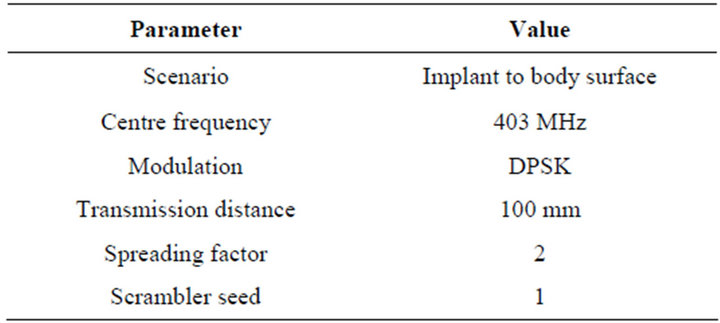
Table 1. Simulation Parameters.
quency is 160 KHz used for implant communication service. The test results including power consumption and complexity which is represented by resources consumed, are shown in Table 2. The resources include clock, logical units, signal and I/Os, which are all the metrics of the resources consumed by the corresponding algorithm implemented on FPGA. Among them, clock represents the number of the system clocks that used. Logic is the number of used units, like AND, OR, NOT, etc. Signal and I/Os, represent the cumulation of the bit wide of the corresponding Signals or I/Os pre-defined, respectively. Larger metric implies higher complexity of the algorithm.
The results indicate that decoder is more complex and consumes more power than that of encoder with respect to either code. For BCH code, BCH (31,19) code has better power efficiency and consumes less resources than BCH (63,51) code. With respect to convolutional code, conv.(2,1,3) decoder saves 70.7% of energy and nearly 50% resources except I/Os compared to conv.(2,1,7) decoder. Table 2 also shows that conv.(2,1,3) decoder offers the lowest power and resources consumption while conv.(2,1,7) decoder is the worst. BCH (31,19) decoder offers similar power consumption with conv.(2,1,3) decoder, but wastes 21.6% of clock, 37.6% of logical, 44.3% of signal and 61.5% of I/Os resources. BCH (63,51) decoder performs better than conv.(2,1,7) decoder but significantly worse than conv.(2,1,3) decoder. Considering BER performance shown in Figure 5, conv.(2,1,3) code also offers significant reliability compared to other counterparts, i.e. conv.(2,1,3) code can be selected as optimum error correction method.
4. Conclusions and Future Work
In this paper, we propose a new scheme for communication system of BAN compared with that in IEEE 802.15.6 standard. Two different encoding techniques such as, convolutional code and BCH code are employed to measure the BER performance through implantto-body surface channel and we also compare the power consumption and complexity of these two schemes. We simulated in MATLAB and FPGA, and verified that with appropriate constraint length, convolutional code has a better performance not only in BER, but also in resources and power consumption.
For the further study, MAC layer can be considered, such as, cross-layer optimization is used for energyquality research.
5. Acknowledgements
This work is supported by the Programs for Shenzhen Key Laboratory of Promotion and Development Project (CXB201104220026A), National Natural Science Foundation of Youth Science Foundation (31000447) and

Table 2. Resources and power consumption of two schemes of the FPGA implementation (system clock = 160 MHz, Temp = 25˚C).
Shenzhen Basic Research Program (JC201005270258A).
REFERENCES
- X. L. Chen, X. Y. Lu, D. P. Jin, L. Su and L. G. Zeng, “Channel Modeling of UWB-Based Wireless Body Area Networks,” IEEE International Conference on Communications, Kyoto, 5-9 June 2011, pp. 1-5.
- D. Lewis, Ed., “IEEE 802.15.6 Call for Applications Summary,” November 2008.
- K. S. Kwak, S. Ullah and N. Ullah, “An Overview of IEEE 802.15.6 Standard,” 3rd International Symposium on Applied Sciences in Biomedical and Communication Technologies, Rome, 7-10 November 2010, pp. 1-6.
- M. E. Madkour, S. E. Soliman, P. K. Varshney, M. I. Moawad and F. E. A. El-Samie, “Coding and Interleaving Schemes for Wireless Sensor Networks,” 28th International Conference on Informatics and Systems (INFOS), Cairo, 14-16 May 2012, pp. 68-73.
- I. M. Choi, K. H. Won and H.-J. Choi, “Group Manchester Code Modulation for Medical In-Body WBAN Systems,” 17th Asia-Pacific Conference on Communications (APCC), 2-5 October 2011, pp. 867-871. doi:10.1109/APCC.2011.6152930
- J. H. Choi and H. G. Ryu, “Design and Perrmance Analysis of PSPK Modulation for WBAN,” 2010 IEEE International Conference on Wireless Information Technology and Systems, Honolulu, 28 August 2010-3 September 2010, pp. 1-4.
- C. Lee, J. Kim, H. S. Lee and J. Kim, “Physical Layer Designs for WBAN Systems in IEEE 802.15.6 Proposals,” 9th International Symposium on Communications and Information Technology, Icheon, 28-30 September 2009, pp. 841-844.
- B. Choi, B. Kim, S. Lee, K. Wang, Y. Kim and D. Chung, “Narrowband Physical Layer Design for WBAN System,” 1st International Conference on Pervasive Computing Signal Processing and Applications, Harbin, 17-19 September 2010, pp. 154-157.
- C. A. Otto, E. Jovanov and A. Milenkovic, “A WBANBased System for Health Monitoring at Home,” IEEE/ EMBS International Summer School, Medical Devices and Biosensors, Cambridge, 4-6 September 2006, pp. 20- 23.
- C. K. Ho and M. R. Yuce, “Low Data Rate Ultra Widend ECG Monitoring System,” IEEE Engineering in Medicine and Biology Society Conference, Callaghan, August 2008, pp. 3413-3416.
- M. R. Yuce, P. C. Ng and J. Y. Khan, “Monitoring of Physiological Parameters from Multiple Patients Using Wireless Sensor Network,” Journal of Medical Systems, Vol. 32, No. 5, 2008, pp. 433-441. doi:10.1007/s10916-008-9149-5
- M. Hamalainen, A. Taparugssanagorn and J. Iinatti, “On the WBAN Radio Channel Modeling for Medical Application,” Proceedings of the 5th European Conference on Antennas and Propagation, Rome, 11-15 April 2011, pp. 2967-2971.
- IEEE P802.15-08-0780-09-0006, “IEEE P802.15 Working Group for Wireless Personal Area Networks (WPANs),” April 2009.
- “IEEE Standard for Local and Metropolitan Area Networks,” IEEE, 2012.
- J. Hagedorn, J. Terrill, W. B. Yang, K. Sayrafian, K. Yazdandoost and R. Kohno, “A Statistical Path Loss Model for MICS,” Tokyo, 13-16 September 2009, pp. 2995-2999.
- M. R. Islam, “Error Correction Codes in Wireless Sensor Network: An Energy Aware Approach,” International Journal of Computer and Information Engineering, Vol. 4, No. 1, 2010, p. 59.
- Y. J. Wu, “Low Power Decoding of BCH Codes,” Proceedings of the 2004 International Symposium on Circuits and Systems, Ottawa, 23-26 May 2004, pp. 369-372.
- S. Wei and L. Brackenbury, “Pre-Processing of Convolutional Codes for Reducing Decoding Power Consumption,” IEEE International Conference on Pre-Acoustics, Speech and Signal Processing, Las Vegas, 31 March 2008-4 April 2008, pp. 2957-2960.
- http://engineering.mq.edu.au/~gfang/WBAN%20project/wban.htm
- A. Katariya, A. Yadav, N. Jain and G. Tomar, “BER Comparison of RS and BCH Coded OFDM Transmission over Noisy Channel,” International Conference on Computational Intelligence and Communication Networks (CICN), Gwalior, 7-9 October, 2011, pp. 227-232.
- B. K. Dass and R. Verma, “Repeated Burst Error Detecting Linear Codes,” Ratio Mathematica, Vol. 19, 2009, pp. 25-30.
- A. Said, “Error Burst Detection with High-Rate Convotional Codes,” Proceedings of the 1995 IEEE International Symposium on Information Theory, Whistler, 17-22 September 1995, p. 226.
- D. W. Richard and M. C. John, “Joint Interleaver and Trellis Code Design,” IEEE Global Telecommunications Conference, Phoenix, 3-8 November 1997, pp. 939-943.
NOTES
*Corresponding author.

